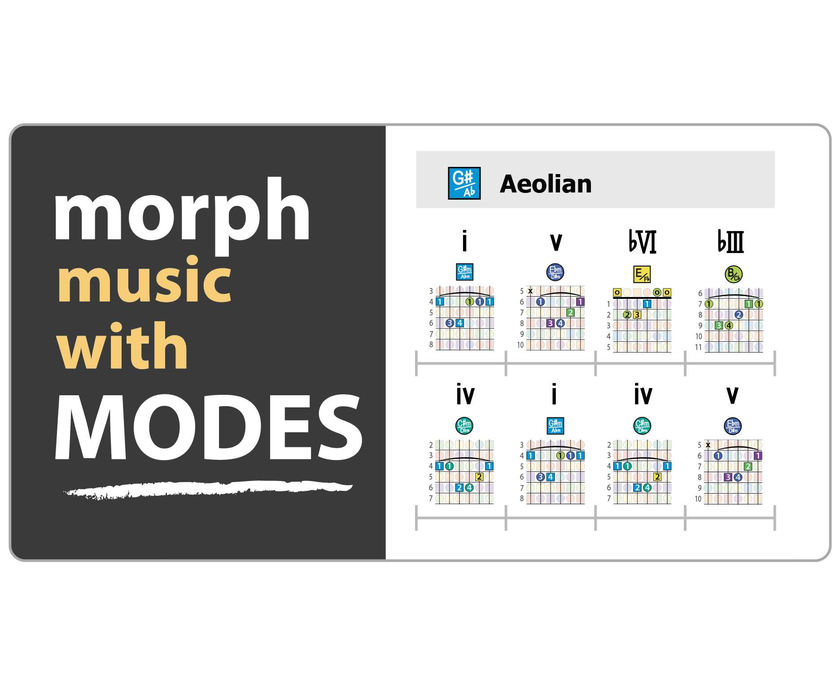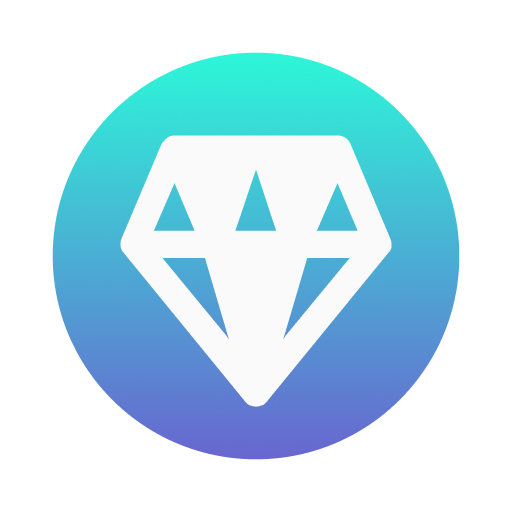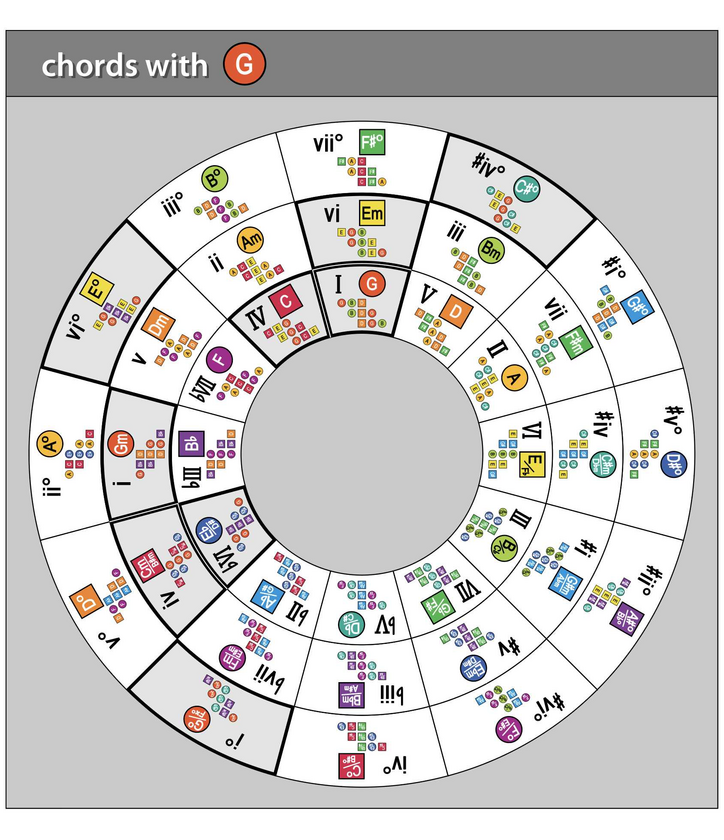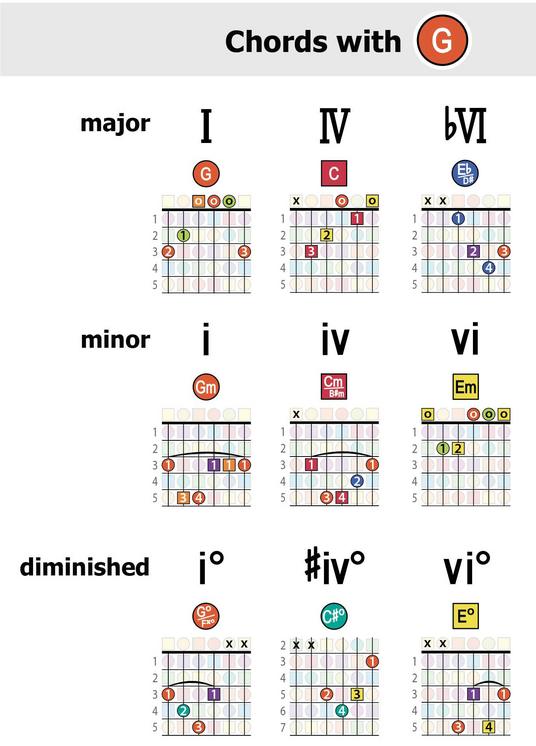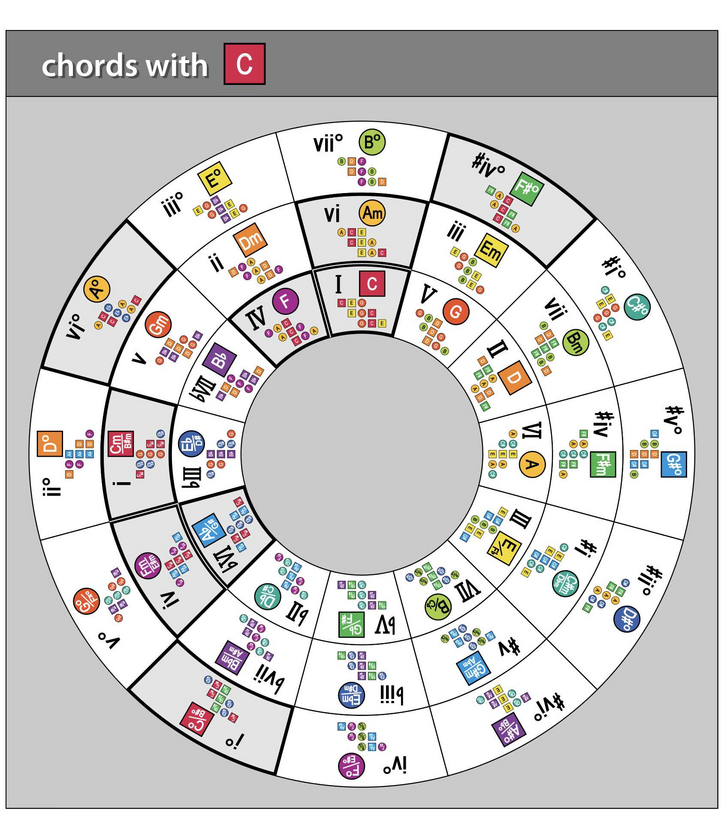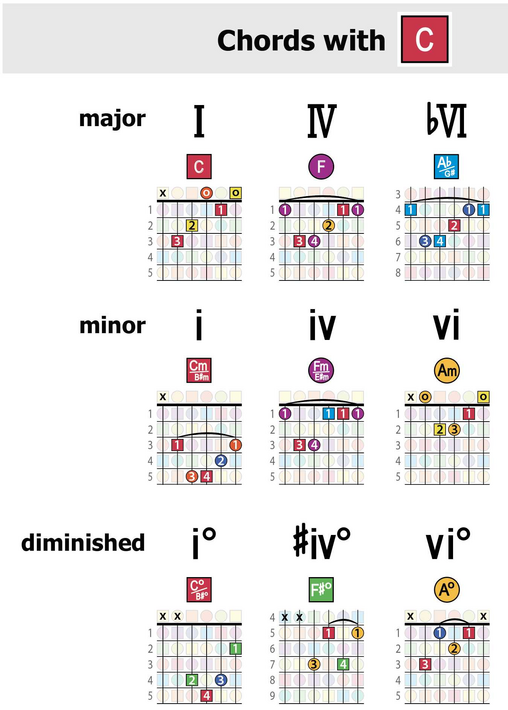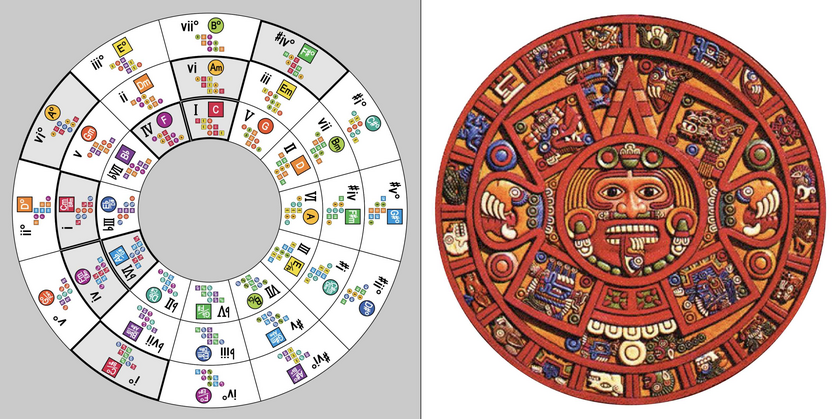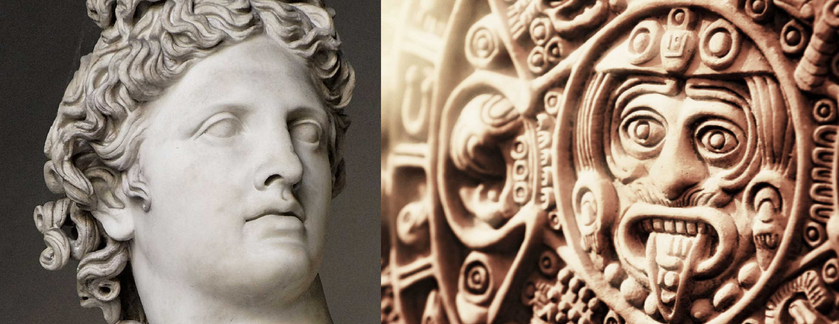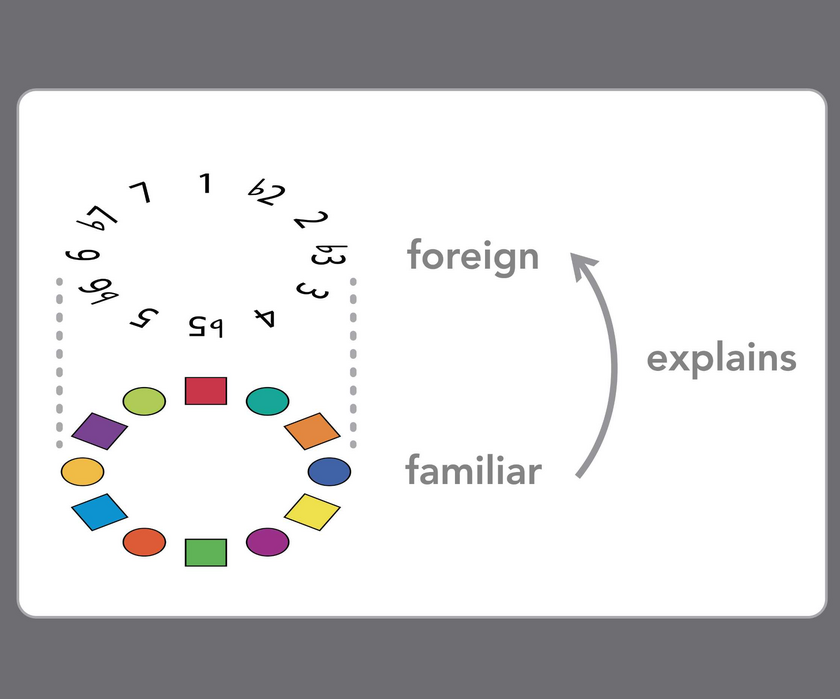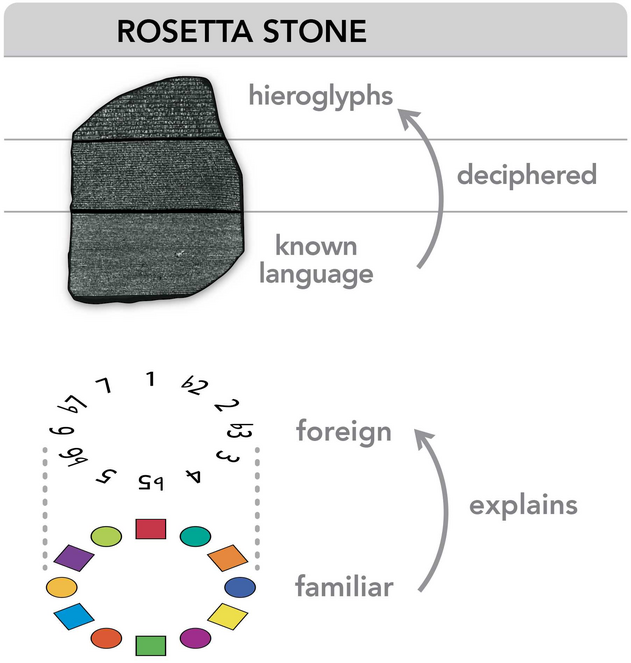When you write music, modes give you a range of emotional options to choose from. The major modes (Lydian, Ionian, and Mixolydian) are relatively bright … while the minor modes (Dorian, Aeolian, and Phrygian) are sonically more dark. And based on the mode you pick, you can create the kind of vibe you want, as I explain in this video:
https://youtube.com/live/00zzQ42bOz4
And what’s really cool is that even once you’ve composed a chord progression, you can morph it using modes. Reshaping the overall sound of a song by shifting from one mode to the next. And the result can be amazing — like morphing a Norman Rockwell painting into a Picasso, or vice versa -- to produce entirely new art.
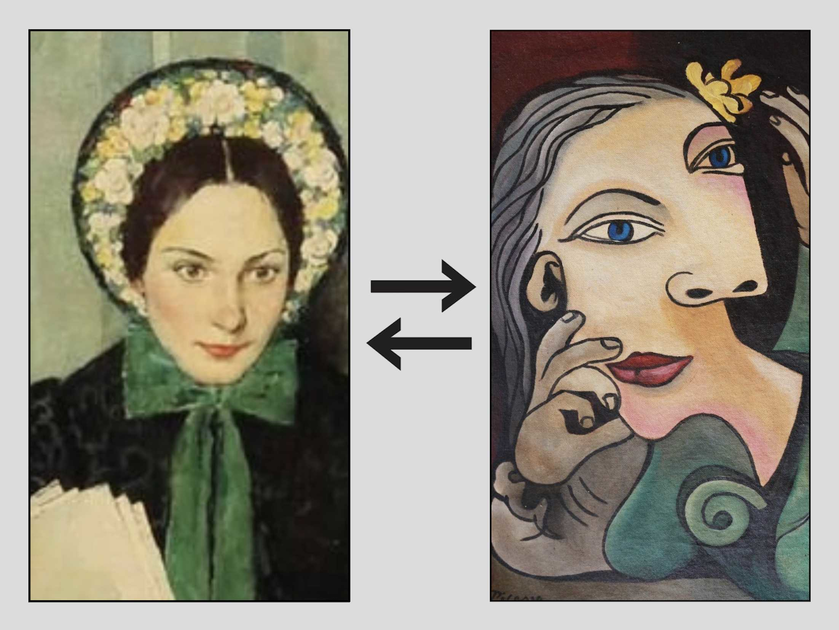
To see what I mean, take the key of B major (a.k.a. B Ionian), which includes seven basic chords.
 On a guitar, these chords are played like this:
On a guitar, these chords are played like this:

And using just these seven chords (or even only a subset of this group), you can come up with all sorts of songs.
But using modes, you expand your palette as a songwriter, accessing even more patterns from which to build chords — and by extension, chord progressions.
Each mode is simply a permutation of the major scale — like these in the key of B. In other words, it’s all the same notes. Only each respective mode begins and ends on a different note.
 And just as there are 7 chords in the Ionian mode, these same 7 chords appear in all modes derived from the underlying pattern. For example, C# Dorian includes the same chords as B Ionian … as does D# Phrygian … E Lydian … etc....
And just as there are 7 chords in the Ionian mode, these same 7 chords appear in all modes derived from the underlying pattern. For example, C# Dorian includes the same chords as B Ionian … as does D# Phrygian … E Lydian … etc....
